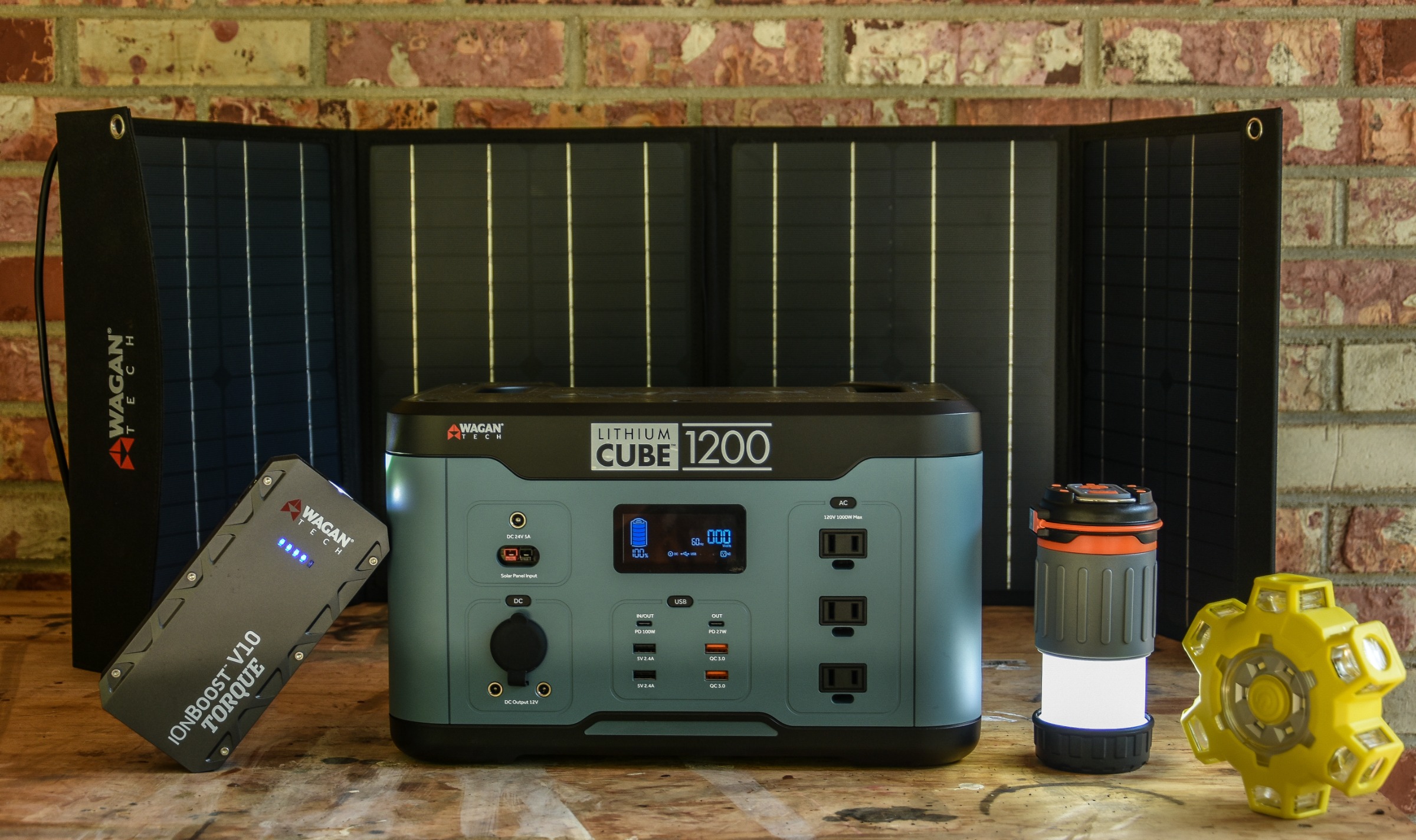I am not going to lie. Electricity and I are not amigos; we have not reached an understanding. In the past, I have regarded electricity as necessary but fickle, demanding and potentially dangerous, expensive and unreliable – like the ex-wife I have yet to marry. For years we have struggled with onboard power as we travel across the world. We have invested in deep-cycle batteries, flexible solar panels, smart chargers, inverters, and expensive hardware, but satisfaction has been elusive. Those days of frustration have now been relegated to the recycle bin of experience.

Dispersed camping on the Blue Ridge Parkway
Meet the Wagan Corporation. Based in Hayward, California, the company has been serving the market for nearly four decades with six international offices, several innovative patents to their name, and a few officially licensed Michelin products. We took delivery of a number of Wagan products at the start of our two-month trek up and across the mighty USA and have been impressed by the practical quality of their gear. As a family living on the road, space is at a premium, and equipment which performs more than one function is not only desirable, it is essential.
Wagan Lithium Cube 1200
Competitively priced, the Cube 1200 is a user-friendly 1,000-watt inverter seamlessly paired with a 1,166 watt-hour lithium-ion battery which can easily power multiple laptops, a fridge, medical equipment, or even a TV. The Cube is portable, compact, and attractive. The display is easy to read and understand, displaying battery power, wattage used and absorbing, and hours remaining to charge or discharge. Being a lithium battery, the Cube can be stored and used in any orientation as long as vents are open, handy when space is at a premium. On full charge, the Cube is extremely effective and, in our experience, can last up to five days powering three laptops, four smartphones, and a Snomaster fridge (while charging a USB lantern and rechargeable batteries), without draining below 30 percent (with input from a 100-watt solar panel or 12-volt vehicle power supply).


We found that the unit charges efficiently, particularly when plugged into mains, and we would be sure to at least once a week pay for a campsite with power to top up the Cube. The unit has proven to be robust and can be charged by both a 12-volt socket and solar panel simultaneously. The Cube 1200 has a sufficient number of ports, even for a power-hungry family. We were impressed that all accessories are included in the box—no additional outlay is required for initial setup and use. However, a protective dust and spill cover would be a welcome addition to the package. We used the Cube 1200 all day, every day for two months, and were never disappointed; it’s now an essential part of our setup.
It is worth noting that the Cube 1200 has 1,000 cycle cells, and even if you manage to empty the battery every day, the batteries will still last three years. The Wagan Tech 60-watt flexible solar panel is the perfect mate for this unit when used out in the field.
$1,250
Michelin High Visibility Road Flare
Our vehicle for the USA trek was a 1994 Range Rover Classic which only broke down three or four times. One spectacular breakdown occurred up in northern Maine beside a blueberry field, and we were very happy to be carrying the Michelin-branded road flares.

These powerful flares (a polycarbonate case surrounded by thermoplastic rubber) are exceptional in terms of quality and usability. Department of Transport compliant, the flare is waterproof/dustproof (IP67 rated), extremely bright and versatile with six lighting modes, six colored LEDs, a six-LED white work light, and a magnetic backing which allows the flare to be affixed directly to the vehicle. During our Maine breakdown, we were safe in the knowledge that we were highly visible and were surprised that one of the flares survived being driven over by a good Samaritan’s truck.
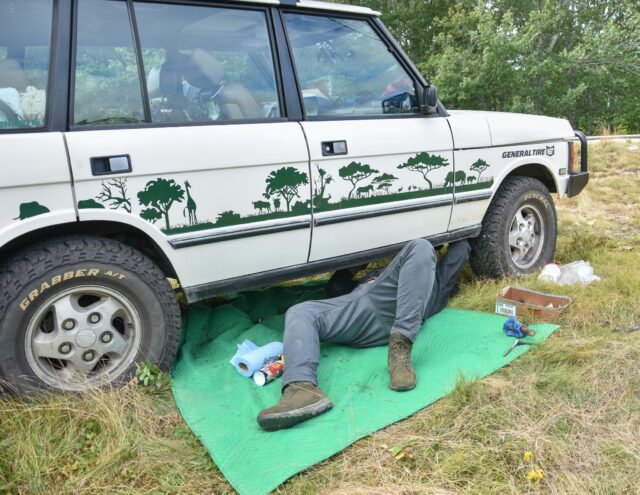
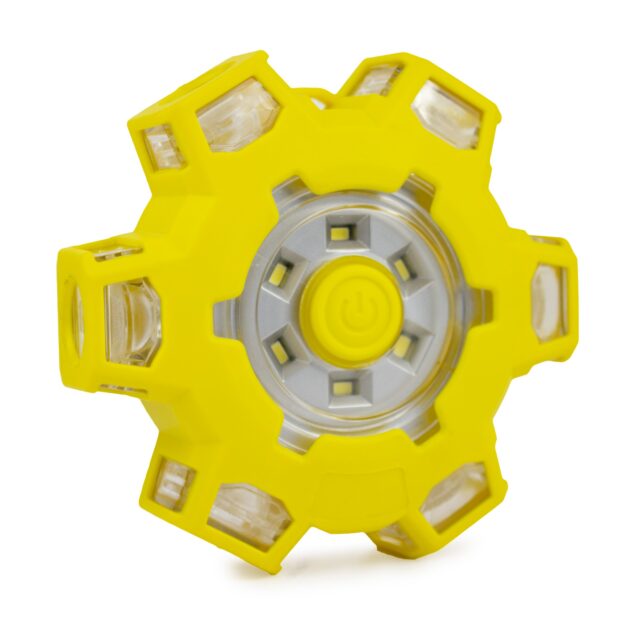
When not sitting on the side of the road trying to harness the milky might of AT&T, we were able to use the flare as a convenient camp light, but this was a mistake. The rechargeable batteries of the flare should be spared for emergencies. I would recommend a set of these flares for the home and the vehicle, as they are perfect for providing light as well as alerting first responders in an emergency.
$80 (pack of three)
iOnBoost V10 Torque

This little power pack is capable of jump-starting a V10 gas engine, hence the name. Luckily, we have never had to jump-start the V8 Range Rover. I say luckily because our teenage daughter was always using the V10 to jump-start her phone. The four-cell lithium battery is perfect for use as a power pack charging electronics via QC 3.0 and 2A USB and a 12-volt DC socket. Robust and compact, the V10 is perfect for overland travel, hiking trips, or working out in the field. The jumper cables are simple and safe to use, and the unit will not deliver electricity if the cables are connected to the battery in the incorrect orientation. A built-in flashlight and storage case sweeten the deal.
$145
USB Air Purifier
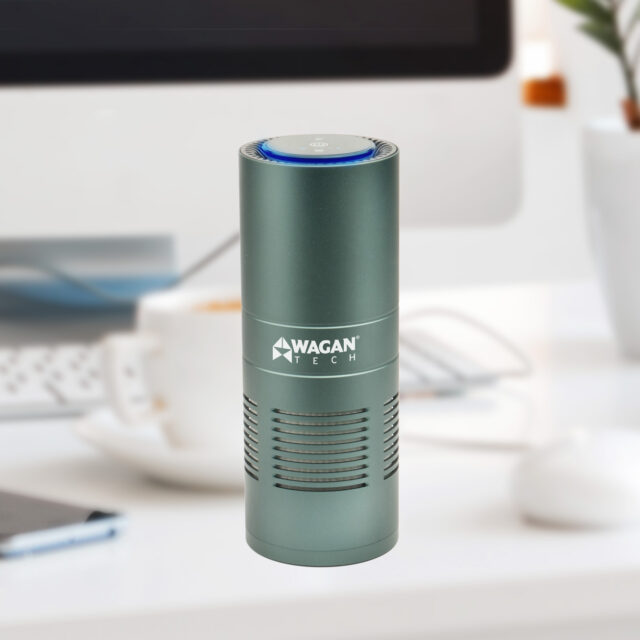
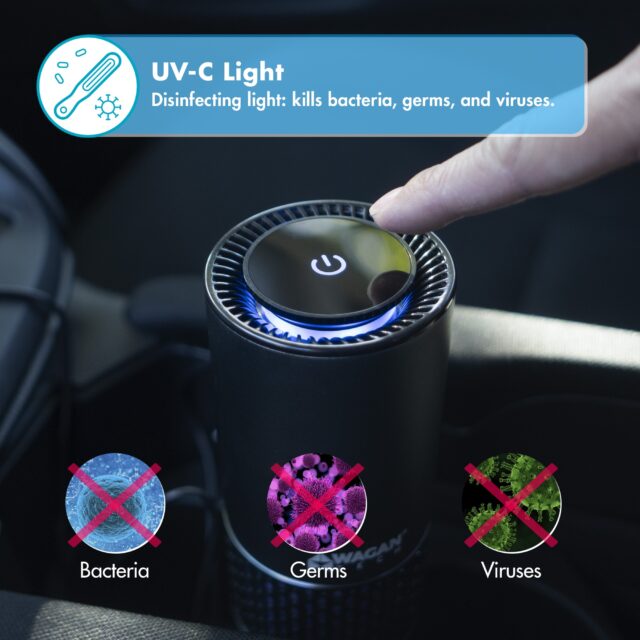
This product is not as gimmicky as it sounds. Sure, it is not an essential part of the overlander kit, but it makes a heck of a lot of sense for a family sharing a small space for months in a row. The purifier utilizes HEPAAir Filtration, UV-C disinfecting light, and air ionizer technology to remove 99.95 percent of contaminants, including pollution, dust, and pollen. You can smell the difference in the air. We recommend this air purifier specifically for live-in campers. Be sure to research whether this product is right for you.
$75
Brite-Nite Pop-Up USB Lantern
This portable unit is a lantern, flashlight, and power pack and is perfect for use around the camp while preparing dinner or when lying under the vehicle on the side of the trail dealing with drama.


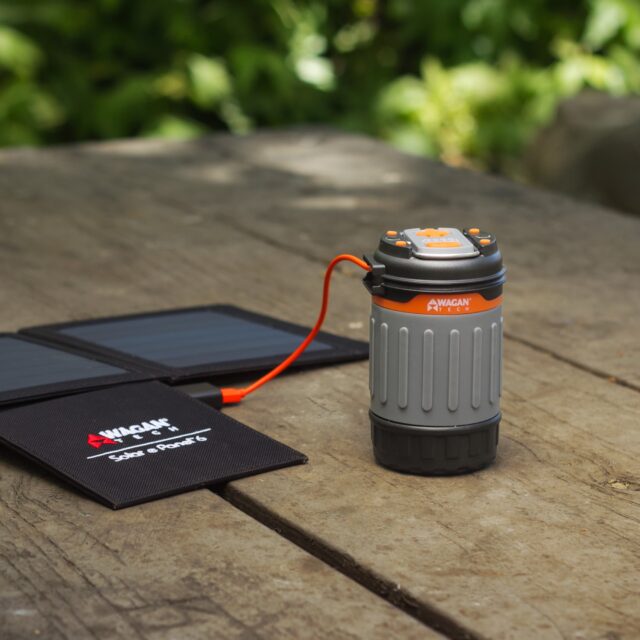
The Brite-Nite operates via an internal lithium battery and boasts a powerful magnet, hanging hooks, and three lighting modes. The flashlight is no slouch, producing 240 lumens on high setting with a Cree LED emitter; the beam shines in a solid circle pattern up to 880 feet. In low (efficient) mode, the flashlight produces a 115-lumen beam, and on a full charge, the SOS mode will last up to 24 hours. The lithium battery is rechargeable via a USB port, and when used as a power bank, the Brite-Nite can charge most portable electronic devices.
$40
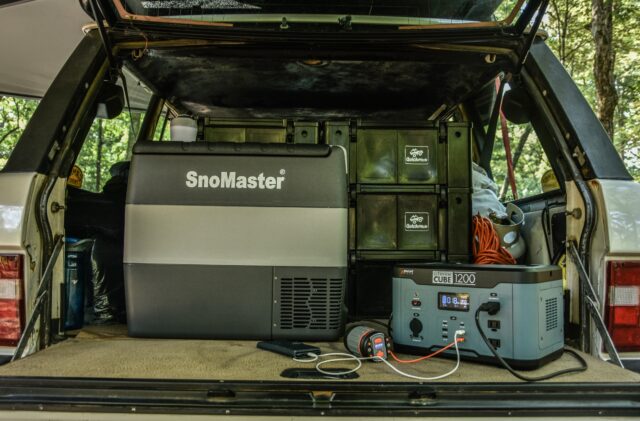
In summary, the Wagan Tech range of products is essential not only for the traveler but also for the homeowner and field worker. Too often, companies promise a product which will exceed all expectations, and too often, products fail to live up to the marketing hype. The products tested here have all surpassed our expectations, and we intend to use them for years to come as we travel the world, well-powered.
Our No Compromise Clause: We carefully screen all contributors to make sure they are independent and impartial. We never have and never will accept advertorial, and we do not allow advertising to influence our product or destination reviews.


